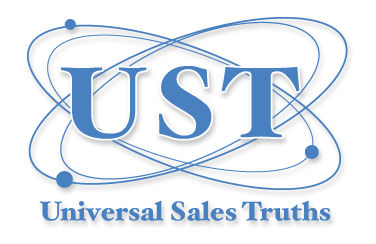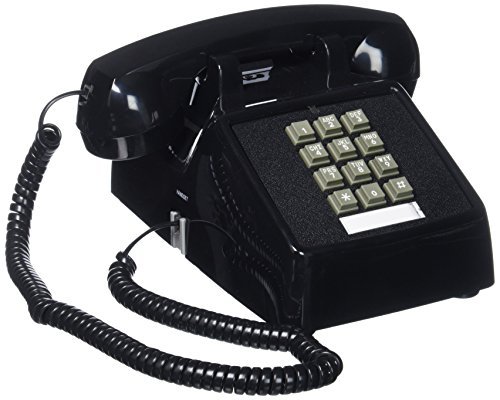When I began my sales career in 1976, this device was the only way to connect with prospects and existing customers. And believe it or not, when we were in the field we used telephone booths to call the office, check messages and return calls.
Some of the telephone booths were not even push-button! You actually had to turn the dial with your finger and wait for it to finish rotating before you dialed the next number.
The other way we established initial contact was prospecting door–to-door, without an appointment. I did a lot of that in my first sales territory in Brooklyn, New York. By the way, I would not recommend that method of prospecting today!
In 2021, however, we all carry mobile devices that have more computing power than the largest mainframe computer in the ’70s. For many, one of the least-used functions of the device is the telephone feature. I have witnessed a rising trend in business communications that do not involve a telephone call. In many instances, emails, texting, sharing web links, LinkedIn, Facebook Messenger, and other communication methods have replaced the traditional telephone call. I certainly agree that taking advantage of the latest technology to increase productivity makes sense, but you should never lose sight of the fact that a quick telephone call might be more effective than a series of texts that might last for 15 minutes or longer. Please don’t dismiss the use of the phone simply because you are too lazy or not in the mood to engage in a phone call.
To highlight this point, I believe there are two fundamental components that need to be addressed before you begin your sales campaign.
- How will your product or service add value?
- How can you build trust?
Allow me to explain. First of all, if you can’t determine how your product or service will help your prospects be more profitable by helping them make or save money, then you better find another prospect. Assuming you have determined that your product will add value, then the next step is to determine how you can build trust. As we all know, the chances of making a sale without first building some level of initial trust are very slim. This is where the use of various technologies comes into play. How do you know the way your prospect prefers to communicate? Does he prefer email, text or the telephone? If you are a millennial (born between 1977 and 1994), it is very natural to use smartphone technology. You grew up with it and have always used it to communicate with your friends. It’s very natural for you to assume this is the best way to communicate with your prospects and customers. But this may not be the case when attempting to do business with a decision-maker who is a baby boomer (born between 1946 and 1965). An older executive may feel uncomfortable if all or most communication is not verbal. She may feel that you don’t want to engage directly, or even worse, that you are hiding behind your computer and may not be totally transparent about your offering. So, in this case, it would be very difficult to build trust with this individual. Determining the appropriate method to communicate is therefore the first step in establishing trust and ultimately building a business relationship. It goes without saying that one size does not fit all. And while I’m at it, I would encourage you to consider more face-to-face meetings. Post Covid, of course. There is no substitute for looking into a prospect’s eyes, reading his body language, engaging in active conversation and, if appropriate, asking for the order.
Be mindful of using the appropriate technology to communicate with your prospects and clients. Just because it’s the latest technology trend doesn’t mean it’s the most effective for business communication, or the one your prospect prefers. And please don’t forget that the traditional telephone is still a viable tool! At the end of the day, people buy from people, not technology.
UNIVERSAL SALES TRUTH #1
Surround yourself with successful people of integrity.
Proverbs 28:26
If you think you know it all, you’re a fool for sure;
Real survivors learn wisdom from others.

